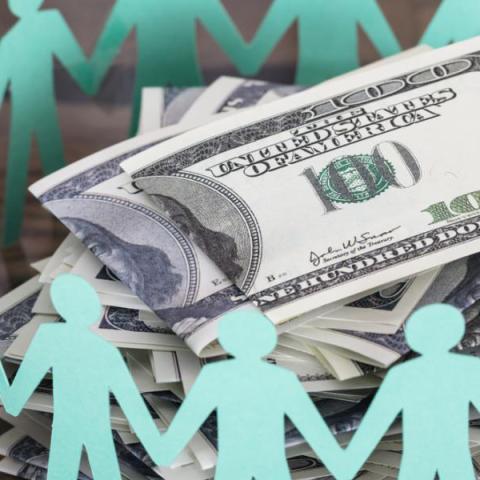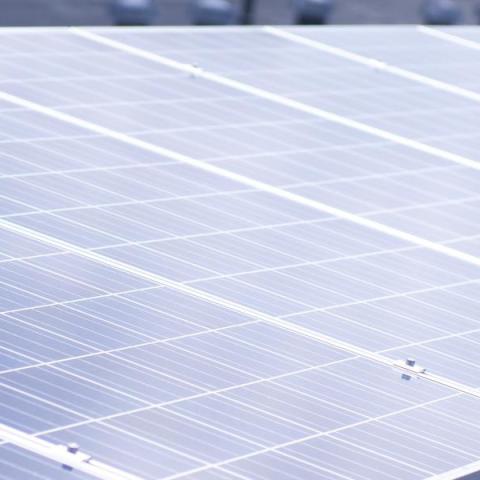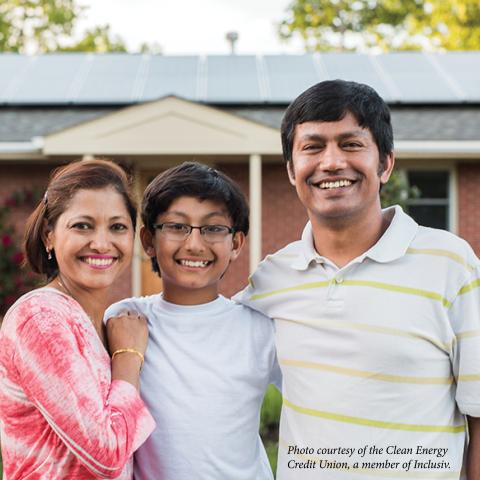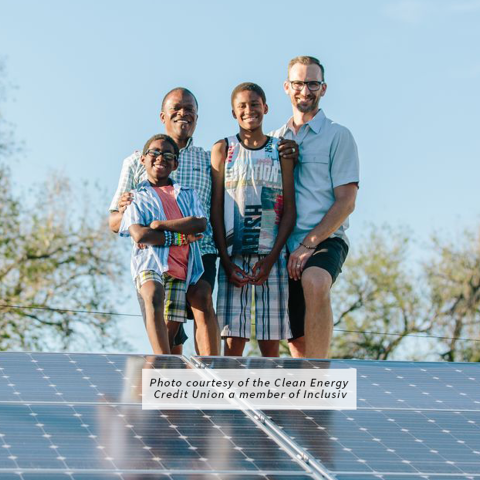
Financing Equitable Resilience
In 2019, building on the work of 100 Resilient Cities, with support from Bank of America, Rockefeller Philanthropy Advisors, and The Rockefeller Foundation and led by Opportunity Finance Network (OFN) and Precovery Labs, the Resilient Community Development Finance Initiative set out to help impact investors, Community Development Financial Institutions (CDFIs), and related partners identify, evaluate, and finance projects that have high resilience potential to improve the systemic resilience of vulnerable communities in the United States. This first phase developed and tested beta versions of a Resilience Assessment Tool for CDFI Lending Programs and Implementation Guide. The Center for Impact Finance and its partners are currently designing a phase 2 project that will leverage the successful Phase 1 Initiative.

Community Development Financial Institutions Equity Fund
Community Development Financial Institutions have not been well served by the capital markets. This is despite exceptionally managing risk over the past twenty years. The gap, however, is not due to the perceived credit risk of extending credit to low income communities and constituencies. It is due to two major factors: (1) the size of the transactions—i.e., scale; and (2) the differences between the methods and the metrics that CDFIs use to fulfill their mission and the methods and metrics that the conventional marketplace uses. These differences persist and are not likely to change.

Enhancing Solar Finance Capabilities Among Community-Based Financial Institutions
Solar is a powerful tool for economic development, community resiliency, and energy affordability and reliability for communities. But that is not all: solar projects provide a strong business opportunity for investors. Solar finance is an investment in proven technology, with decreasing costs and improving project economics in most markets. This project seeks to engage community-based financial institutions in solar finance, and ultimately to help lenders invest “deeper into their community,” through three pillars.

Greening Community Development Finance
The strong, existing community development ecosystem is uniquely positioned to deliver relisience and Greenhouse Gas Reduction to low-income and disadvantaged communities—and to use investments in resilience and clean energy as "wind in the sails" to achieve healthy local economies, quality jobs, affordable housing, sustainable food systems, and more. That ecosystem—community development financial institutions (CDFIs), community development corporations (CDCs), mission-driven energy companies, and their investors and partners—can influence real estate development and revitalization, business expansion, community facilities, and every other community-based project that has or is seeking financing. By "greening" your lending lines of business, you can build resilience for communities and normalize greenhouse gas reduction into project development, financing, and asset management. Together, we can develop a new type of value engineering—one that seeks to increase the impact of every loan, every building, and every business by identifying opportunities to reduce and avoid greenhouse gas emissions and build equitable resilience.

Collaborating on Greenhouse Gas Reduction Fund (GGRF) Implementation
The Inflation Reduction Act includes unprecedented funding and opportunities to fuel Greenhouse Gas Reduction for low-income and disadvantaged communities. To maximize equitable greenhouse gas reduction and "co-benefits"--such as economic development, quality jobs, resilience, affordable housing, sustainable food systems, and more--CDFI's, community development banks and credit unions, Minority Depository Institutions, Green Banks, and other mission lenders must join together with other organizations across the project development, financing, and implementation ecosystem. If we coordinate, cooperate, and collaborate, each contributing our expertise, experience, trusted relationships, and other strengths and leveraging those of others, we can achieve rapid, impactful deployment of clean energy investments to low-income and disadvantaged communities. That ecosystem—community development finance entities, their investors and partners, project developers, contractors, and workforce development entities—are well-positioned to leverage the Federal opportunities into real estate development and revitalization, business expansion, community facilities, and every other community-based project that has or is seeking financing.
